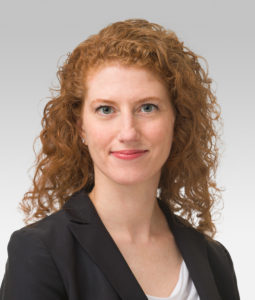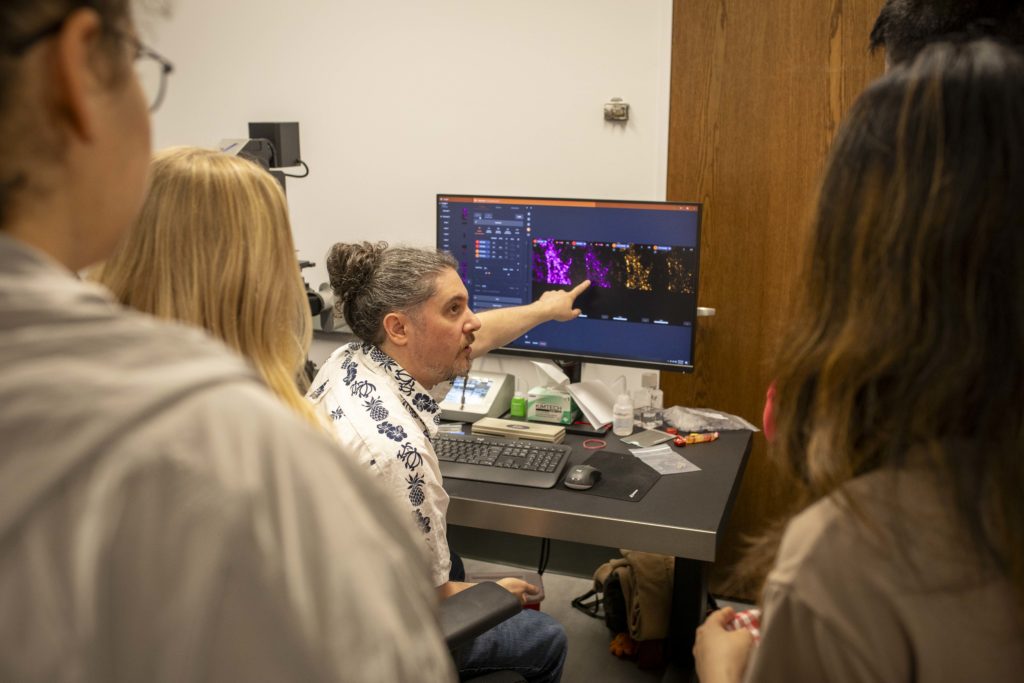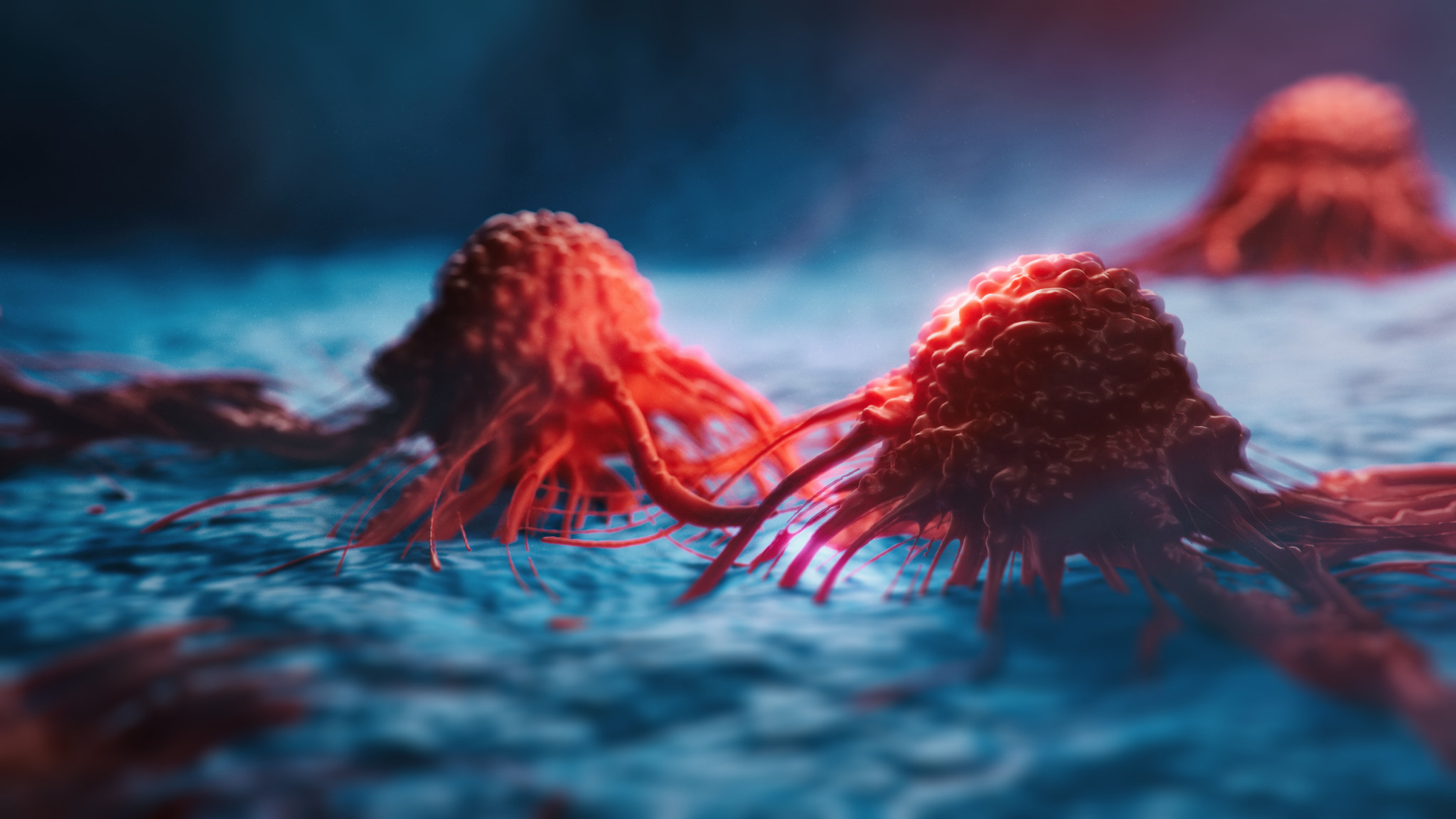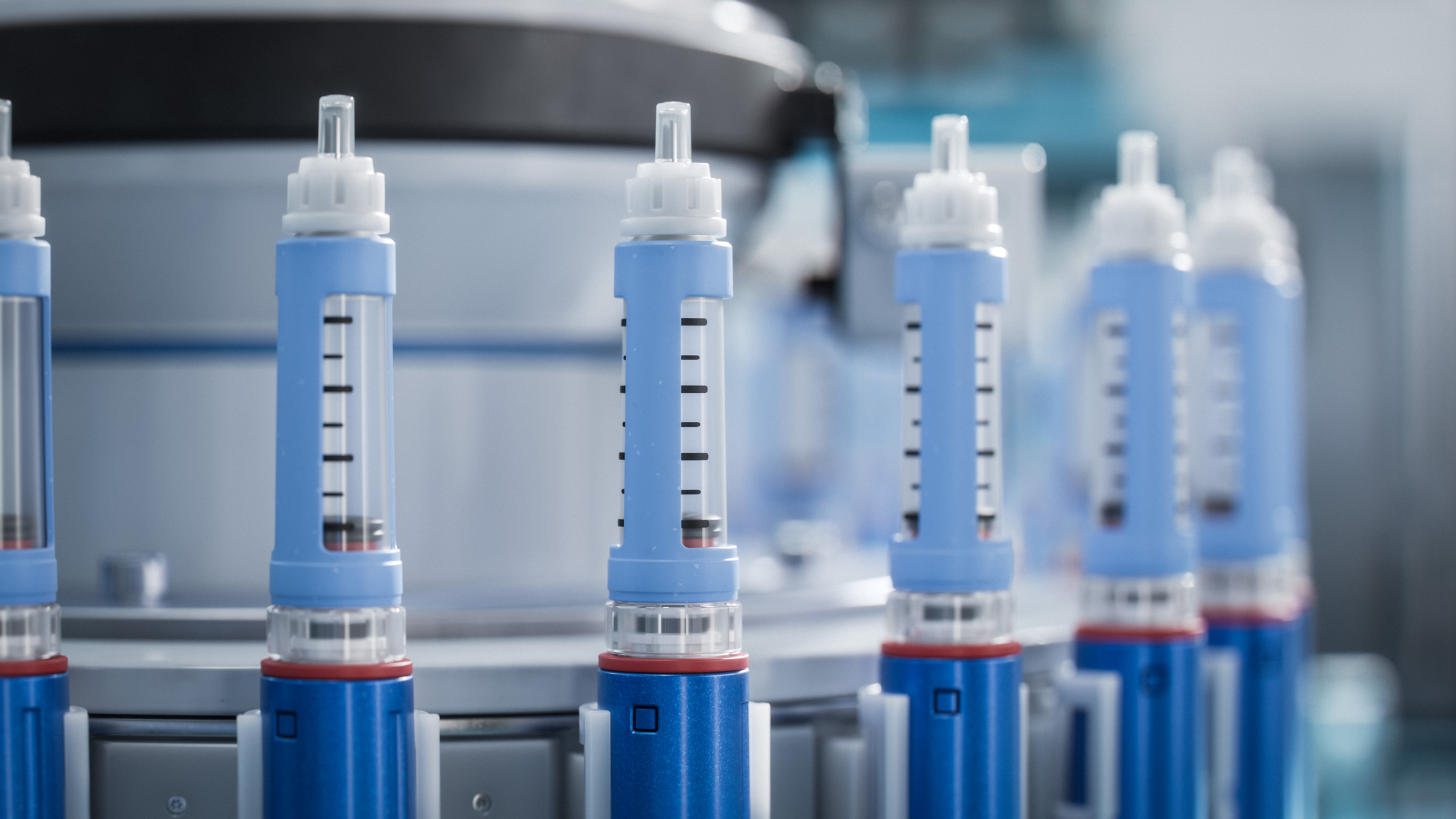This story was originally published in the September 2025 issue of the Breakthroughs newsletter.
Feinberg investigators now have access to one of the most advanced super-resolution imaging systems in the world, thanks to the installation of the MIRAVA Polyscope at the Center for Advanced Microscopy (CAM) at Northwestern University. This groundbreaking instrument—developed by Nobel Laureate Stefan Hell—is the first of its kind in the United States and among the first fully operational systems worldwide.

The MIRAVA Polyscope combines two powerful technologies: 3D STED (stimulated emission depletion) and 2D MINFLUX (minimal photon flux), enabling investigators to achieve localization precision down to three nanometers. That’s a 30-fold improvement over most super-resolution technologies and nearly 70 times better than confocal microscopy.

“This instrument fills a critical gap in our imaging capabilities,” said Dina Arvanitis, PhD, director of CAM and research associate professor of Cell and Developmental Biology. “We previously lacked tools that could resolve below 100 nanometers, and that’s where a lot of fascinating biology happens—membrane dynamics, neurotransmitter activity, protein-protein interactions, and molecular architecture, to name a few.”
The system’s compatibility with thicker samples and live imaging makes it exceptionally versatile, allowing Feinberg scientists to explore dynamic biological processes in real time and in greater depth.
“The MIRAVA Polyscope will transform how we study brain circuits by revealing molecular interactions at unprecedented resolution, and as a shared resource it will open entirely new multidisciplinary research directions,” said Peter Penzes, PhD, director of the Center for Autism and Neurodevelopment and the Ruth and Evelyn Dunbar Professor of Psychiatry and Behavioral Sciences, who helped to secure the new equipment.
Nicolas Piguel, PhD, CAM’s new super-resolution specialist, was among the first scientists trained on the MIRAVA Polyscope. As a postdoctoral fellow in the Penzes lab, Piguel helped organize the initial STED demo and saw firsthand how the technology could visualize pre- and post-synaptic vesicles in 3D—something previously unattainable with conventional light microscopy.
“The MIRAVA Polyscope is like the Swiss army knife of super-resolution,” Piguel said. “It integrates confocal workflows with STED and MINFLUX, plus advanced modules like a deformable mirror, MATRIX detector, adaptive illumination and fluorescence lifetime imaging (FLIM). These features allow us to image deeper into samples with fewer aberrations and less toxicity.”

Piguel emphasized the system’s user-friendly design, noting that its integration of MINFLUX makes it ideal for a core facility like CAM.
CAM’s mission is to provide scientists with easy access to cutting-edge technology, and the MIRAVA Polyscope is a major step forward in that effort, Arvanitis said.
“We’re grateful to Abberior for their collaboration and proud to be the first U.S. institution to offer this capability,” said Arvanitis, who is also a member of the Robert H. Lurie Comprehensive Cancer Center of Northwestern University.
In addition to the new equipment, CAM is also celebrating the arrival of Piguel, whose expertise will be instrumental in helping investigators harness the full potential of the MIRAVA Polyscope.
“I’m excited to support researchers in their projects,” Piguel said. “This is one of the best super-resolution instruments available, and I look forward to seeing the discoveries it will enable across Feinberg and Northwestern.”
Read more content in the September 2025 issue of the Breakthroughs newsletter.






